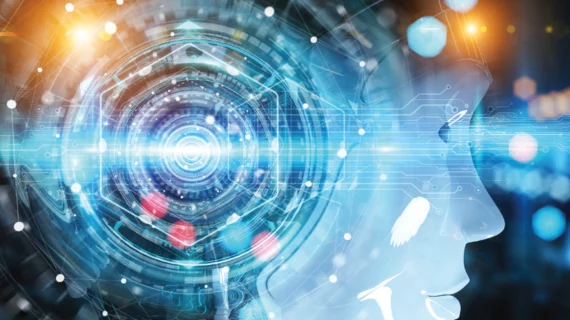AI may cause anxiety, but medical student interest in radiology still growing
A recent study led by Bo Gong, a radiologist at Vancouver General Hospital in Vancouver, British Columbia, Canada, found that almost one-third of medical students think AI will replace radiologists.
Additionally, findings showed that almost 70 percent of medical students think AI will reduce the need for radiologists and, because of this, some medical students are discouraged from considering radiology as a career.
However, Kush Purohit, a medical student at Ross University School of Medicine in Miramar, Florida, affirmed in a letter to the editor published in Academic Radiology that interest in radiology as a specialty is growing.
“Having heard some of these same sentiments echoed in discussions with my peers, it is worrisome to consider that some of the brightest and most innovative minds in medicine may choose to avoid a career in radiology when the need for diagnostic imaging is at its highest,” Purohit wrote.
In contrast to the findings presented by Gong et al., Purohit cited data released by the National Residency Match Program (NRMP) for the 2017-2018 match cycle. Data showed that diagnostic radiology applications increased by 38.8 percent compared to 2014-2015. Of all applicants for that cycle, 6.9 percent applied to diagnostic radiology programs—the highest percentage since 2010, according to Purohit.
“This disparity between the perceived threat of AI and NRMP application numbers may be accounted for by a number of factors that offset AI anxiety and are instead attracting students toward careers in medical imaging,” Purohit noted.
Students are experiencing greater exposure to radiology than ever before, Purohit explained. More medical schools are implementing radiology imaging into pre-clinical curriculum and more imaging procedures are being performed at hospitals which give students more exposure to imaging during clinical rotations.
This overall increase in exposure to medical imaging, Purohit wrote, will ultimately lead to a decrease in AI anxiety and an increase in career radiologists.
“Despite the recent survey conducted by Gong et al. illustrating AI's negative influence on radiology as a career choice for medical students, application data clearly shows that medical student interest in radiology is at its highest in 10 years, indicating that factors such as increased exposure, innovation and lifestyle are likely to drive students to fulfill the growing need of diagnostic imaging experts for the foreseeable future,” Purohit concluded.

